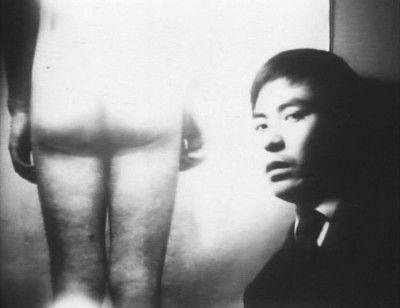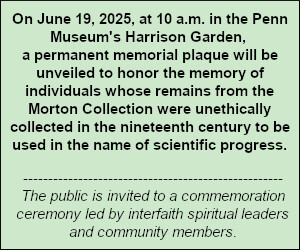International House Philadelphia
Add to calendar
Lightbox is pleased to once again partner with Collaborative Cataloging Japan to present two screening programs in association with its research thread, the Japanese Expanded Cinema Project. Expanded cinema is moving image work that is not intended to be shown in conventional cinemas, but take various forms such as multi-media installations or performances, and may include media formats such as slide projectors, transparencies, film, the projector equipment, light, and shadow, etc. As part of an on-going screening and talk series which started in February 2017, this two part program curated by scholars Go Hirasawa and Julian Ross, showcases work by seminal artists who experimented with multiple film projections and performance.
PROGRAM ONE presents the expanded cinema works by Rikuro Miyai. The double projection piece Phenomenology of the Zeitgeist (1967), follows the radical group Zero Jigen’s ritualistic performance in the streets of Shinjuku. Two prints of the same film are projected onto each other with a slight time-delay, conceptualizing the separation between the performative act and the film documentation. The performativity of the live action is interpreted in the presentation of the film to incorporate action into the exhibition of cinema. In Shadow (1968), he projects two films of his own shadow walking outdoors side-by-side—one positive, one negative—each a reflection of the other.
PROGRAM TWO puts a spotlight on film’s dialogue with other arts. By bringing film into the realm of performance art, expanded cinema was one way in which the interaction between the arts was given shape. As such, many of the key players in 1960s expanded cinema demonstrated their interest in exploring these interstices. While being a document of performer Sho Kazakura’s on-street happenings, Takahiko Iimura’s Dance Party in the Kingom of Liliput, No. 2 (1966) is also a double-projection work where two prints of the same footage, one a defect print, was presented alongside one another in a way that plays with cinema’s capacity for mechanical reproduction. Featuring Yoko Ono, Nam June Paik and others, Motoharu Jonouchi’s Hi Red Center Shelter Plan (1964) is a document of an infamous event organized by the art collective Hi Red Center in a hotel room.
Purchase tickets here: http://ihousephilly.org/calendar/lightbox-film-center-calendar/collaborative-cataloging-japan-japanese-expanded-cinema-project







Recent Comments